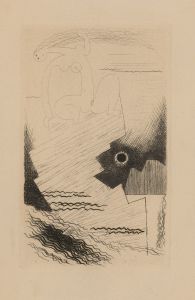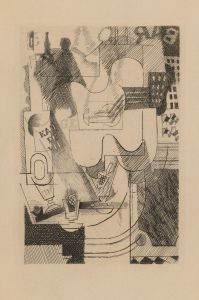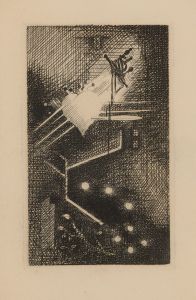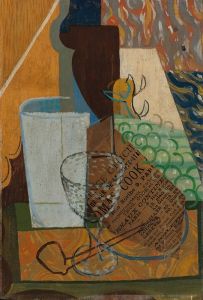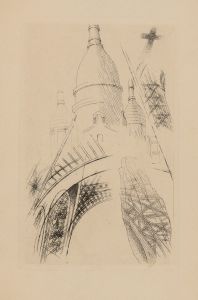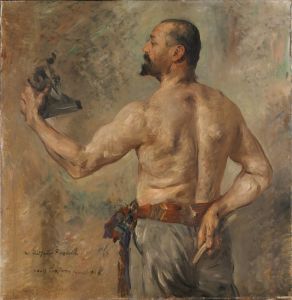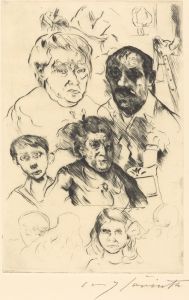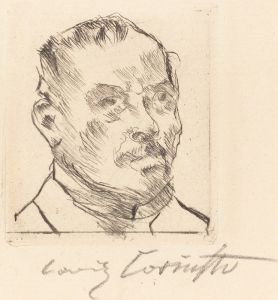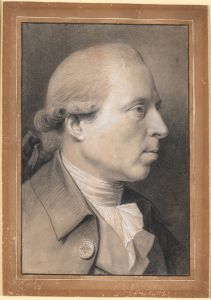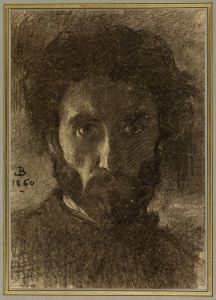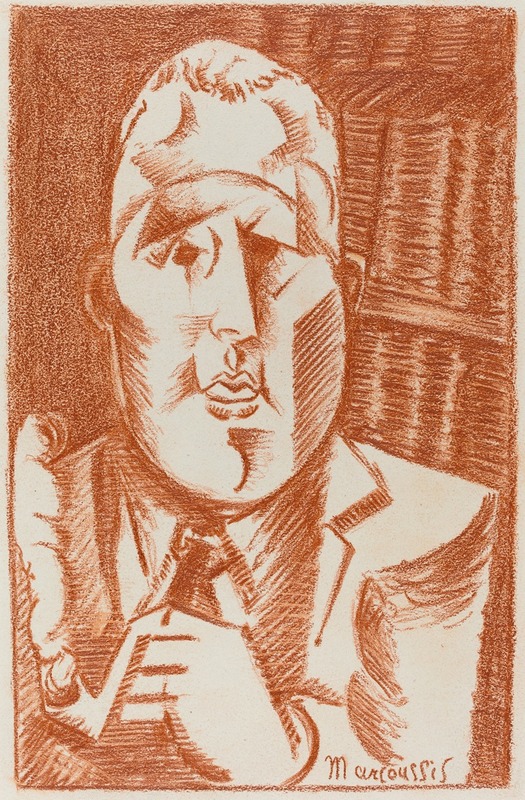
Guillaume Apollinaire
A hand-painted replica of Louis Marcoussis’s masterpiece Guillaume Apollinaire, meticulously crafted by professional artists to capture the true essence of the original. Each piece is created with museum-quality canvas and rare mineral pigments, carefully painted by experienced artists with delicate brushstrokes and rich, layered colors to perfectly recreate the texture of the original artwork. Unlike machine-printed reproductions, this hand-painted version brings the painting to life, infused with the artist’s emotions and skill in every stroke. Whether for personal collection or home decoration, it instantly elevates the artistic atmosphere of any space.
"Guillaume Apollinaire" is a notable painting by the Polish-born French artist Louis Marcoussis, created in 1912. Marcoussis, originally named Ludwik Kazimierz Władysław Markus, was an influential figure in the Cubist movement, and his works often reflected the dynamic and fragmented style characteristic of this artistic period. The painting is a portrait of Guillaume Apollinaire, a prominent French poet, writer, and art critic, who was a significant figure in the early 20th-century Parisian avant-garde scene.
Apollinaire was a key supporter and promoter of Cubism, and his relationships with artists like Pablo Picasso, Georges Braque, and Marcoussis himself were instrumental in the development and dissemination of the movement. The portrait by Marcoussis captures Apollinaire's intellectual presence and his role as a central figure in the artistic circles of the time.
The painting is executed in the Cubist style, which is evident in its use of geometric shapes and fragmented forms to depict its subject. This approach reflects the Cubist interest in deconstructing objects and figures into their essential shapes and reassembling them in abstract compositions. Marcoussis's use of muted colors and overlapping planes in the portrait creates a sense of depth and complexity, inviting viewers to engage with the work on multiple levels.
Marcoussis's choice to portray Apollinaire is significant, as it highlights the close relationship between the poet and the Cubist artists. Apollinaire's writings, including his 1913 book "Les Peintres Cubistes," were crucial in articulating the theoretical underpinnings of Cubism and advocating for its acceptance in the broader art world. His support helped legitimize the movement and encouraged other artists and intellectuals to explore its innovative approaches.
The painting is also notable for its historical context. Created during a period of significant artistic experimentation and change, it reflects the vibrant cultural milieu of Paris in the early 20th century. This was a time when artists and writers were pushing the boundaries of traditional forms and exploring new ways of seeing and representing the world.
Today, "Guillaume Apollinaire" by Louis Marcoussis is recognized as an important work within the Cubist canon. It not only captures the likeness of one of the era's most influential cultural figures but also exemplifies the artistic innovations that defined the movement. The painting is a testament to the collaborative and interdisciplinary nature of the avant-garde community in which both Marcoussis and Apollinaire were active participants. Through this portrait, Marcoussis pays homage to Apollinaire's enduring impact on the arts and his role in shaping the trajectory of modern art.







